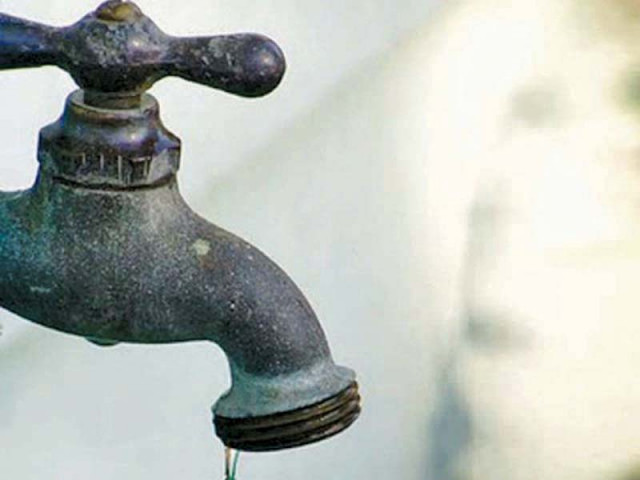Contaminated water deepens health crisis
50,000 children and adults die every year due to water-borne diseases in Pakistan

The supply of contaminated water in Karachi and across Sindh has become a serious public health concern, affecting millions of people each year not only through stomach diseases but also through skin and eye ailments.
According to medical experts, more than 50,000 children and adults die every year due to water-borne illnesses in Pakistan. The World Health Organization (WHO) has reported that 70 per cent of diseases in the country stem from the use of polluted water. In Karachi alone, approximately 20,000 children die every year from various illnesses linked to unsafe water.
Dr Shumail Zia, a skin specialist, noted a significant rise in fungal skin infections due to contaminated water, especially tinea corporis, folliculitis, and eczema; conditions which are exacerbated by the high salt content in polluted water. "There is an urgent need to raise public awareness about the health risks associated with using contaminated water, particularly in developing countries like Pakistan, where access to clean water is limited. Contaminated water contains various bacteria, viruses, fungi, chemicals, and toxins that severely damage the skin. When such water comes into direct contact with the skin, whether during bathing or washing, it can trigger a range of skin disorders including fungal and bacterial infections, impetigo, cellulitis, scabies, and dermatitis," said Dr Zia, who advised people to always use clean water, maintain hygiene, avoid self-medication on affected skin, and consult a dermatologist when symptoms appear.
Similarly, Dr Zia Iqbal, an ophthalmologist, revealed that the use of contaminated water was equally dangerous for the eyes. "When bacteria, viruses, chemicals, and other harmful components present in contaminated water come into direct or indirect contact with the eyes, various types of eye diseases can develop. Some of these diseases are superficial, such as conjunctivitis, which cause temporary discomfort, while some diseases, such as trachoma or corneal ulcers, can cause permanent vision loss. Lack of public awareness, failure to follow hygiene rules, and limited access to health facilities further increase the spread of these diseases," highlighted Dr Iqbal.
It is worth noting that most of the water filtration plants of the Karachi Water and Sewerage Corporation (KW&SC) have been in a state of disrepair since decades. Due to an inadequate amount of chlorine in the water, deadly water-borne diseases like Naegleria are on the rise with each passing year.
In this regard, People's Labour Union General Secretary Mohsin Raza confirmed that the KW&SC had nine filter plants, out of which only three were in working condition, while the remaining six were in disrepair since many years. "For 645 million gallons of water, 240 cylinders of chlorine should be available monthly, but only 150 cylinders are being supplied. Hence, 40 per cent less chlorine is being mixed. Due to a lack of water, the filter plant of the NEK Old Pump House has dried up, and chlorine cannot be added to a dry place. Water without chlorine is also coming from another side to the NEK pumping station, which is from the K3 system. Hence, water without chlorine is supplied to the public," said Raza.



















COMMENTS
Comments are moderated and generally will be posted if they are on-topic and not abusive.
For more information, please see our Comments FAQ